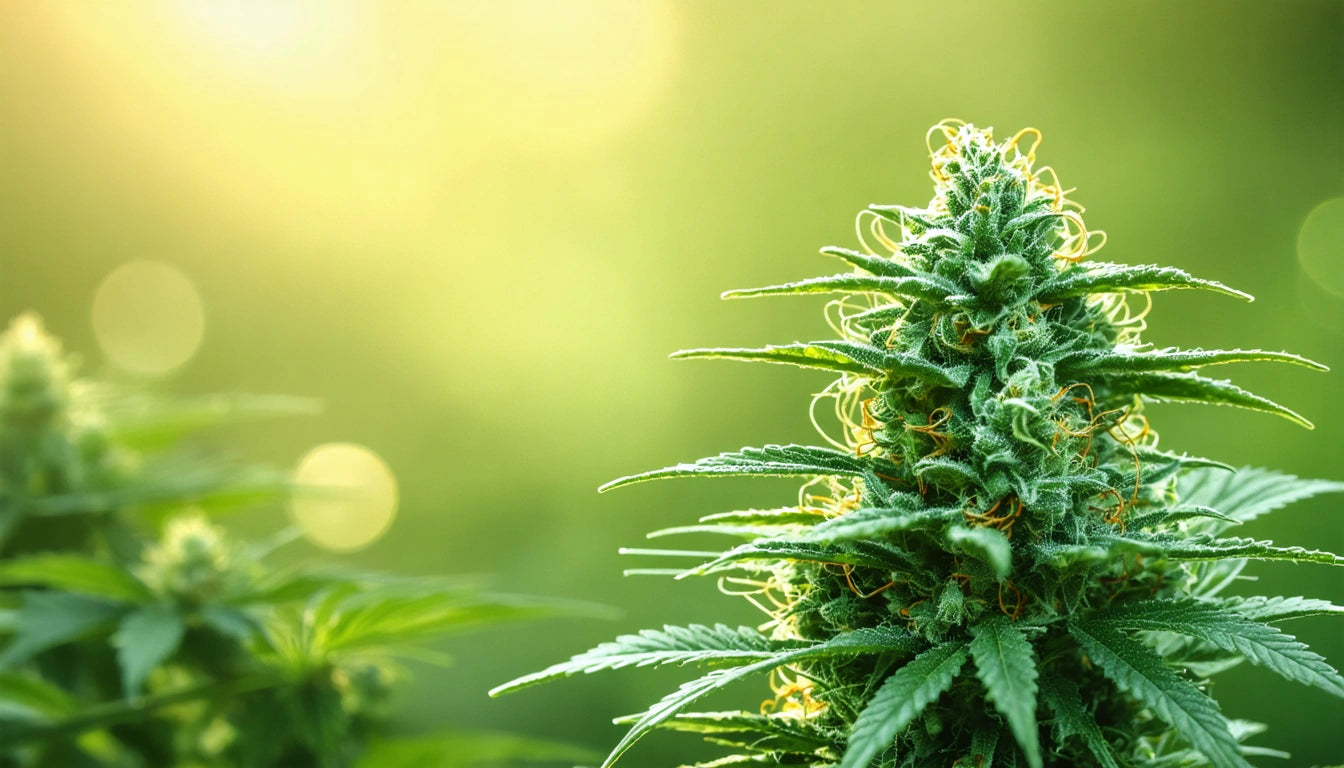Table of Contents
How AI Is Predicting Consumer Reactions to Packaging
Artificial intelligence has transformed numerous industries, and packaging design is no exception. Today's AI systems can predict how consumers will react to packaging before products even hit the shelves. This technological advancement is changing how brands develop, test, and implement packaging strategies, leading to more effective designs and stronger consumer connections.
The AI Revolution in Packaging Design
The integration of AI into packaging design represents a significant shift from traditional methods that relied heavily on focus groups and market research. According to recent industry analysis, AI systems can now process vast amounts of consumer data to identify patterns and preferences that might escape human observation.
These systems analyze everything from color psychology to font readability, creating predictive models that estimate consumer engagement before physical prototypes are produced. This capability reduces development costs while increasing the likelihood of market success.
Predictive Analytics and Consumer Behavior
Visual Attention Mapping
AI-powered eye-tracking simulations can predict where consumers will look first on a package. These tools create heat maps showing attention patterns, helping designers place key messaging and branding elements in optimal positions. The technology evaluates:
- Color contrast and visual hierarchy
- Movement patterns across packaging surfaces
- Time spent examining specific elements
- Recall probability for brand identifiers
Purchase Decision Modeling
Beyond visual attention, AI can model the decision-making process that leads to purchases. By analyzing historical sales data alongside packaging variables, these systems identify which design elements correlate with increased sales. This approach is particularly valuable for revolutionizing packaging design in competitive retail environments.
Emotional Response Tracking
Consumer reactions to packaging are often emotional rather than rational. Advanced AI systems can now predict these emotional responses through several methods:
Facial Recognition Analysis
AI-powered facial recognition can analyze micro-expressions when consumers view packaging designs. These subtle facial movements reveal emotional responses that consumers might not consciously recognize or report in surveys. The technology categorizes reactions as positive, negative, or neutral, providing quantitative data about emotional engagement.
Neurological Response Prediction
Some AI systems can predict neurological responses to packaging based on historical data from EEG and fMRI studies. These predictions help brands understand how packaging might trigger specific brain activities associated with desire, trust, or skepticism. When designing custom packaging solutions for specialized products like pre-rolls, these insights help create designs that resonate on a deeper level with target consumers.
Real-Time Feedback and Optimization
The integration of AI with automated packaging systems enables real-time optimization based on consumer reactions. Digital packaging mockups can be adjusted and re-tested instantly, creating an iterative design process that rapidly converges on optimal solutions.
This capability is particularly valuable for seasonal products or limited editions, where brands can quickly adapt packaging to changing consumer preferences or market trends. The technology allows for:
- A/B testing of multiple design variations simultaneously
- Rapid prototype generation based on predictive algorithms
- Continuous improvement through machine learning
- Market-specific customization based on regional preferences
Practical Applications in the Cannabis Industry
The cannabis industry faces unique packaging challenges due to strict regulations, diverse product types, and evolving consumer expectations. AI prediction tools are helping cannabis brands navigate these challenges by:
Compliance Prediction
AI systems can analyze packaging designs against regulatory requirements across different jurisdictions, predicting potential compliance issues before production. This capability is invaluable for brands operating in multiple states or countries with varying regulations.
Consumer Segment Analysis
Different cannabis consumer segments respond to packaging differently. AI can predict how specific demographics will react to various design elements, helping brands tailor their packaging to target audiences. This is particularly important as the market expands to include new consumer segments with different preferences and expectations.
As highlighted in emerging packaging automation trends, brands that leverage AI for consumer prediction gain significant competitive advantages in rapidly evolving markets.
Future Implications for Packaging Innovation
As AI prediction technology continues to evolve, we can expect several transformative developments in packaging design:
- Hyper-personalization based on individual consumer profiles and purchase history
- Real-time package design adjustments based on in-store consumer reactions
- Integration with augmented reality to predict how consumers will interact with digital packaging elements
- Sustainability optimization that balances environmental impact with consumer appeal
These advancements will further blur the line between physical and digital packaging experiences, creating new opportunities for brands to connect with consumers. The predictive capabilities of AI will continue to reduce market risk while encouraging more innovative, effective packaging solutions.
For cannabis brands specifically, staying ahead of these technological developments will be crucial for maintaining competitive advantage in an increasingly sophisticated market. By embracing AI-driven consumer prediction, brands can create packaging that not only complies with regulations but also forms meaningful connections with target consumers.











Leave a comment
All comments are moderated before being published.
This site is protected by hCaptcha and the hCaptcha Privacy Policy and Terms of Service apply.